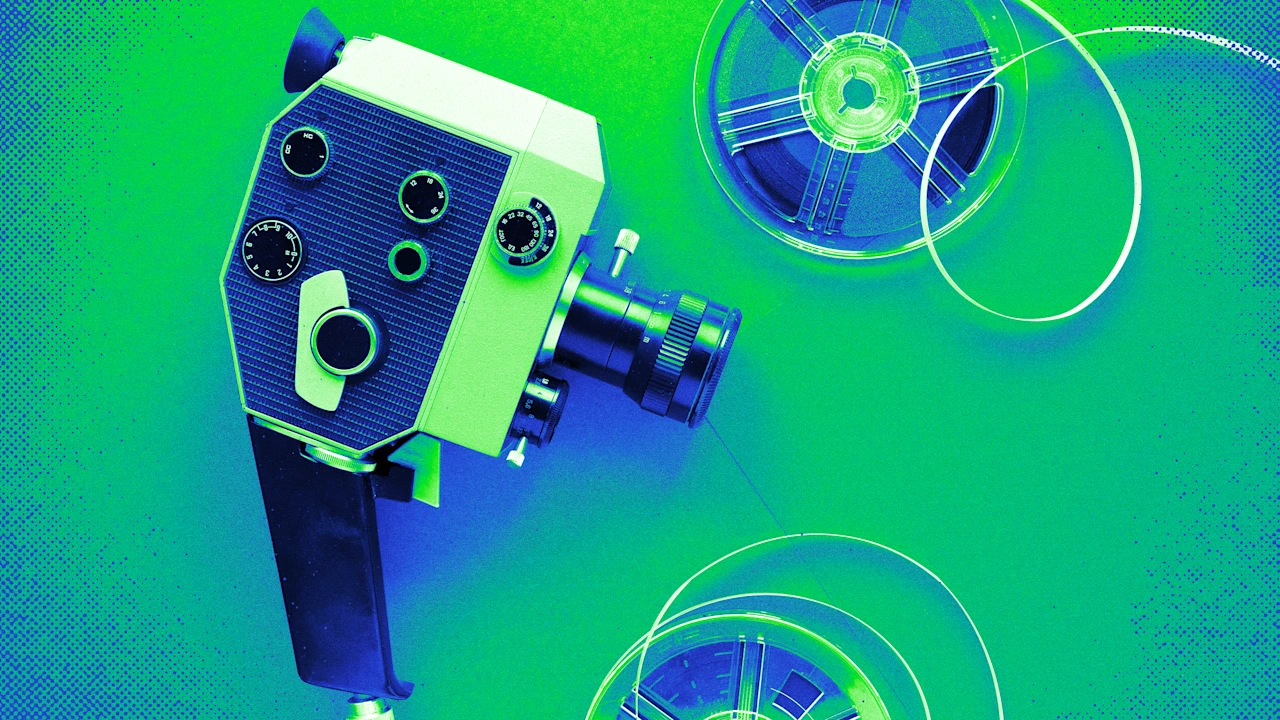Google is emerging as a pivotal force in the integration of artificial intelligence into the filmmaking industry, fostering a new era of creative possibilities while navigating the inherent challenges of technological disruption. While AI promises to transform production economics by potentially reducing costs and greenlighting more experimental projects, its widespread adoption also raises critical concerns regarding job displacement, intellectual property rights, and the preservation of artistic integrity. The company’s comprehensive suite of AI tools, spanning from initial script development to advanced text-to-video generation, positions it as a key collaborative partner with Hollywood studios.
Central to Google’s ambitious cinematic endeavors is Mira Lane, Vice President of Technology and Society, who spearheads partnerships with the film industry through her multidisciplinary Envisioning Studio. This team operates under a core ethos of co-creation, recognizing that disruptive technologies must be developed in active collaboration with the societal sectors they impact. By embedding philosophers, researchers, developers, and designers, Google aims to ensure that its AI solutions are not just innovative but also genuinely useful and ethically aligned with the needs and values of creators, learning from past industry struggles with isolationist tech releases.
Google’s collaborative model involves bringing filmmakers directly into the development process, offering them early access to tools like Flow and Veo, and actively soliciting their feedback. This direct engagement extends to crucial conversations with industry unions, often facilitated through partner filmmakers such as Darren Aronofsky. Aronofsky’s discussions with writers’ and actors’ unions regarding AI’s role in his Google collaborations exemplify how the company addresses concerns about staffing, artist involvement, and the scope of AI tools within specific production contexts, nurturing vital relationships within the creative ecosystem.
A notable example of this partnership in action is the short film “Ancestra,” launched at Tribeca, which represents a groundbreaking hybrid of live-action and AI-generated footage. Produced with Darren Aronofsky’s company, Primordial Soup, the film powerfully illustrates how AI can enable the depiction of scenes that are otherwise logistically challenging or impossible, such as an infant. By constructing an AI version of a baby from early photos and seamlessly integrating it with live actors, the project showcased AI’s capacity to enhance visual storytelling and hinted at the emergence of specialized “AI units” within film productions, paralleling existing CGI departments.
This responsible approach to AI development underscores Google’s commitment to listening and learning from the creative community. The iterative process ensures that tools like the generative video editing suite Flow are refined based on real-world feedback—for instance, adapting from individual-focused tools to team-based solutions. This continuous feedback loop is crucial for advancing core research and development, ensuring that the technology serves as an extension and augmentation of human creativity, rather than a contortion, promoting responsible innovation and job evolution within the industry.
Moreover, AI technology is significantly empowering filmmakers to realize stories that might have been unfeasible in a traditional production landscape. In an industry often prioritizing guaranteed box-office hits, AI tools reduce the financial and logistical burdens associated with complex or expensive scenes, such as elaborate car chases. This cost reduction enables filmmakers to craft compelling pitches and execute previsualization rapidly, opening doors for innovative narratives that might otherwise struggle to secure funding, thereby enriching the diversity of cinematic storytelling.
Despite these advancements, the notion of generating an entire feature film from a simple prompt remains a distant reality. Filmmaking is an intricate art form demanding nuanced character development, precise cinematography, and profound artistic taste—elements far beyond current AI capabilities. While AI excels at generating segments or short films and enhancing specific visual elements, it is currently positioned as an augmentation tool rather than a replacement for human artists, underscoring that the complexity of storytelling resists full automation.
The current landscape in Hollywood reflects a period of intense experimentation, where creators are actively exploring AI’s potential. While initial efforts often involve recreating existing storytelling paradigms with new tools, the true transformative power lies in discovering novel forms of narrative. The remarkable progress in AI’s photorealism and live-action integration over just two years hints at significant future leaps, emphasizing the critical importance of continued partnerships to ensure that accelerated technological development results in tools that are truly useful and valuable to the industry, pushing the boundaries of what is cinematographically possible.






Leave a Reply